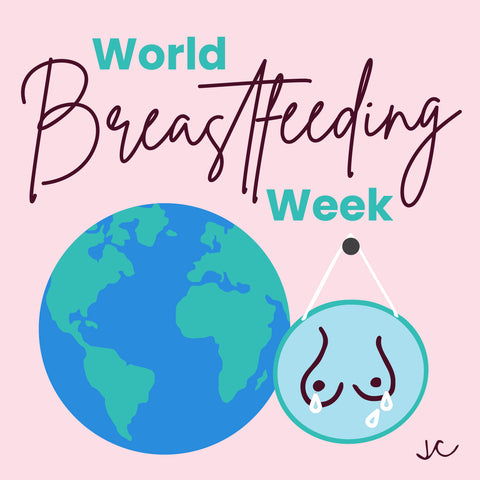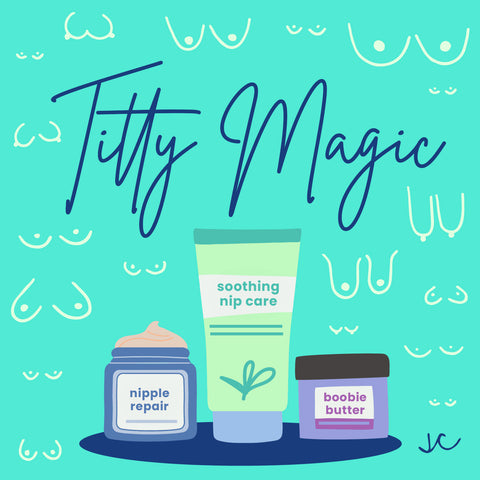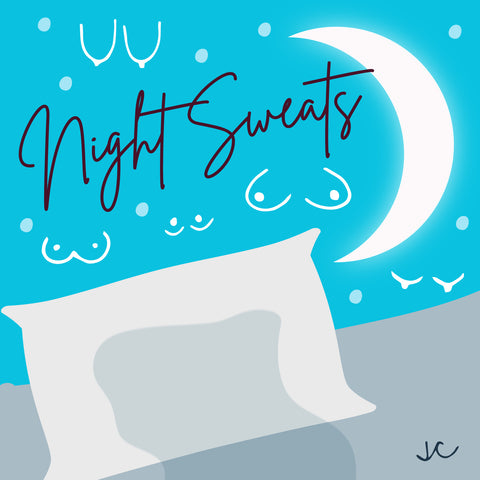The Best Breast Pumping Schedule for New Moms
Breast friend, you are a total rockstar.
Not only have you carried and birthed a tiny little person, but you’re also nurturing and sustaining them with your magical breast milk.
Those early, sleepless, milk-drunk days seem to fly by in a flash. But what happens when you need to return to work and leave your breastfeeding baby? Or you’re an exclusive pumping mama and you’re leaving the comfort of your pumping pad to head back to the office?
Well, mama, never fear. Because this is where pumping comes into its own. So, if you’re about to return to work and are looking for a breast-pumping schedule to keep your milk flowing, then look no further.
We’ve got you Breastie.
Exclusive breast pumping schedule
Exclusive pumping is when your baby only has expressed breastmilk through a bottle, instead of through your Boobies. There are many reasons why you might choose to exclusively pump, such as latching difficulties, having a premature baby, breastfeeding struggles, returning to work, wanting to include your partner, and a whole bunch more.
Having an exclusive breastfeeding schedule can help you to keep up your magical milk supply. However, like with everything baby-related, it takes time, effort, and a whole lotta love to figure out a pumping schedule that’s perfect for you and your babe.
And your exclusive pumping schedule will change as your baby grows and their needs change.
For example, a newborn bundle of joy might require you to pump up to 10 or 12 times per day. Because that’s how often that little tummy needs filling.
But as your tiny one grows, the pumping sessions will lessen, which will also allow you to start building a decent milk stash in the freezer.
Here are a few exclusive pumping schedules to try.
- Newborn: aim to pump your pretty Titties eight to ten times in every 24 hour period - 5 am, 7 am, 9 am, 11 am, 1 pm, 3 pm, 5 pm, 7 pm, and 12 am for about 15 minutes per session
- 3 months: aim to pump your magical milk five to six times a day - 6 am, 10 am, 2 pm, 8 pm, and 11 pm for roughly 15-20 minutes per session
- 6 months and beyond: pump those Boobies four times a day - 6 am, 10 am, 2 pm, and 10 pm for 20 minutes per session
You can also add extra pumping sessions as needed.
Just remember. Like everything, this is trial and error. There is no right or wrong schedule and every woman produces a different amount of milk. There is no “normal.” Keep an eye on what you produce to get to know your own patterns and supply
Titty Tip: If you breastfeed and want to build a freezer stash, it’s normally recommended to pump for 10-15 minutes after your baby nurses.
Yep. It might seem odd but doing this at least two to three times per day and maintaining it over the first few months can really help boost your supply. Giving you extra milk you can stash and save for when your babe needs it.
It’s all about the demand and supply mama!
Breastfeeding and pumping schedule for a working mom
You’re a breastfeeding goddess who has sustained her babe with your magic milk since birth. You’ve nursed your baby or pumped everywhere at every time of the day (and night), but now, it’s time to go back to work.
We know. This can be a really emotionally difficult time. You’re probably feeling a whole mix of different emotions. Excited about going back to work and reclaiming your career, excited about wearing clothes that aren’t just sweatpants and comfy sweaters, but nervous and anxious about leaving your little one.
You might also be wondering if you can still continue breastfeeding when you go back to work and how it might affect your supply.
Well. The good news is YES! You absolutely can go to work and continue to breastfeed for as long as you want. It’s a challenge…sure…especially in the early days, but pumping at work is 100% doable. And your employer is required to provide break time and a place to pump for most hourly wage-earning mamas.
All you need is the right equipment and, of course, the right breast pumping schedule.
Pumping schedule for working mamas
A pumping at work schedule will most likely look similar to your normal breastfeeding schedule. Even if your little one nurses on demand, if you look closely and regularly, you might see a pattern emerge.
To decrease the number of pumping sessions at work, try your best to breastfeed or pump as much as possible before and after work. Not only is this great for keeping your supply in tip-top condition, but it’ll give you the wonderful bonding time with your little one that you love.
To prepare yourself for pumping at work, it helps to have the essentials:
- Breastpads
- A pump that you’re comfortable and familiar with using
- A nursing bra
- Breastfeeding-friendly clothing such as a button-down shirt or zip-up top
- Milk storage bags
- A cooler bag for transporting your milk home
- And if you’re not comfortable using the communal fridge then you might want to invest in your own mini-fridge
When you’re at work try your hardest to stick to your pumping schedule. Keep in mind that the longer you wait between pumping sessions, the less milk you may produce. Your body is a milky miracle and will produce the most milk when the demand is high and regular.
Although we know it’s exhausting, pumping a couple of times during the night will help boost your supply.
Following the breast pumping schedule we talked about earlier, you should be aiming to pump every three to four hours during an eight-hour working day.
You're a breast pumping queen
And you’re doing such an amazing job mama.
Whether you choose to breastfeed or exclusively pump, or maybe a bit of both, it is your choice. How you decide to feed your baby is totally up to you, and we’re here with you every step of the way.
We hope this breast pumping schedule guide has helped with your pumping plans. Don’t forget to check out our guide for all things pumping if you need a little extra help.
At Titty City Design, we believe that every boobie is beautiful, and that should be celebrated. We are a female owned and operated, small business here to spread self-love and body positivity with our line of apparel, accessories and products for the home.A portion of our proceeds go to help support postpartum people and breast cancer patients.
Products that New Moms Love








